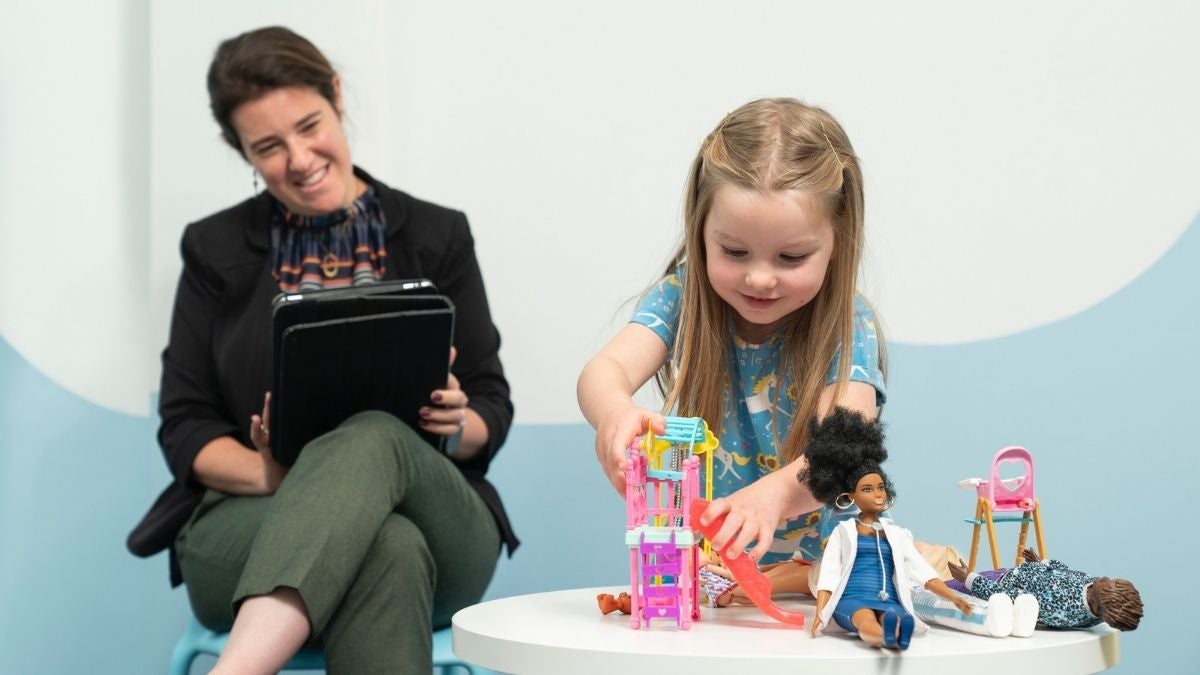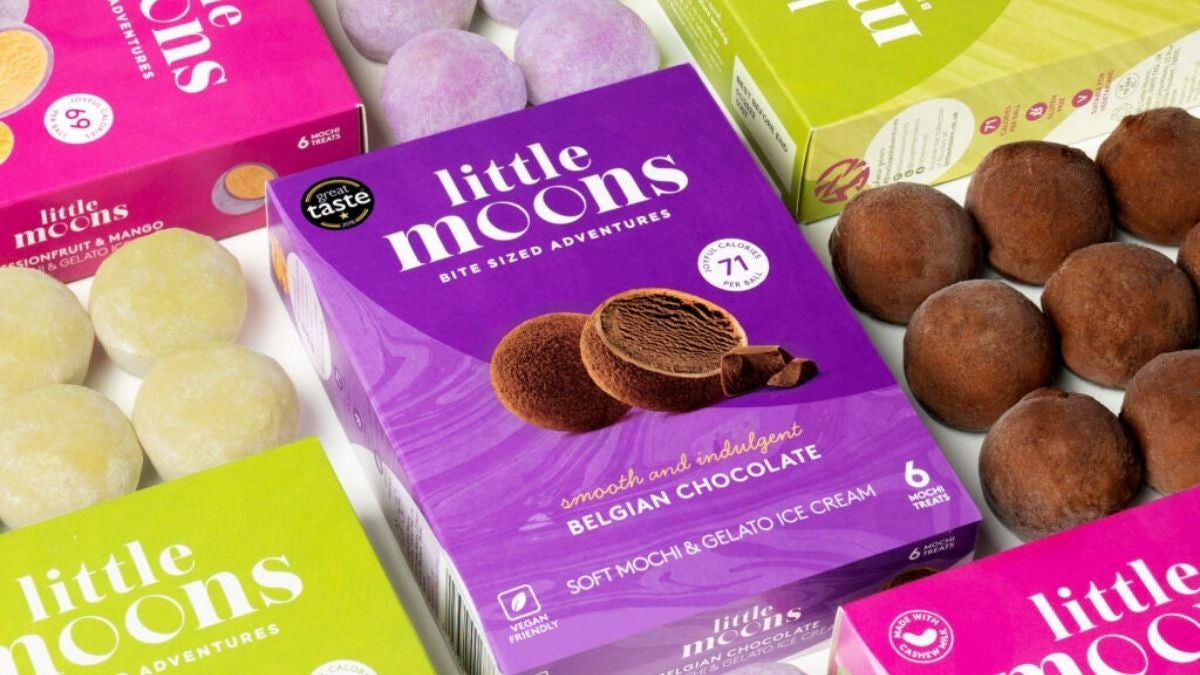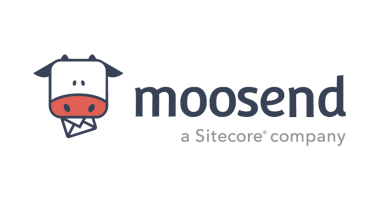
What if one tiny nugget of information could unlock a huge new revenue stream for a business? With self-service providers making access to consumer data faster and cheaper, brands of all sizes are tapping into this resource and uncovering new growth opportunities.
Consumer insights that once took weeks for research agencies to produce (and charge thousands of pounds for) can now be at the fingertips of anyone who wants them. This democratisation of data is transforming how brands connect with their customers, enabling them to develop goods and services more flexibly and create marketing campaigns that truly resonate with their target audience.
If you aren’t actively listening to, and engaging with, consumers, are you even relevant?
Sometimes it starts with a hypothesis, as in the case of Bloom & Wild. In the run-up to Valentine’s Day 2021, direct-to-consumer flower brand felt that giving red roses as gift had become a cliché. To confirm its suspicion, the company used research platform Attest to survey 1,000 consumers and found that 79% of them would prefer to receive a thoughtful gift rather than something traditional.
“Red roses were ranked as the least favourite gift that people had received for Valentine’s Day,” says Charlotte Langley, brand and communications director at Bloom & Wild. “So that gave us confidence that we’d correctly sensed consumers’ sentiments towards those sorts of clichés.”
Armed with this information, the company took the bold step of discontinuing the sale of red roses and basing a PR campaign on that decision. This sparked debate across the nation and secured a 51% year-on-year increase in press coverage. It ended up being Bloom & Wild’s most successful Valentine’s Day to date.

A surprising discovery about Barbie
As well as confirming hunches, consumer data can help brands to put the findings of other types of research into context. When Mattel, the maker of Barbie, conducted a study with neuroscientists from Cardiff University and found that playing with dolls helps children to become more empathic, the company wanted to understand how important this factor would be to parents.
Mattel used OnePoll to survey 15,000 parents in 22 countries. This found that 91% of respondents ranked empathy as a key social skill that they would like their children to develop, but it also revealed that only 26% were aware that playing with dolls could aid this process.
Seeing a huge opportunity to educate consumers, Mattel created both a marketing campaign promoting the benefits of doll play to parents across EMEA and an online hub with resources for parents, caregivers and children. This has contributed to the company’s strong performance so far this year, with market researcher NPD Group naming Barbie as the top seller in the global doll market in the first half of this year.
“If you aren’t actively listening to, and engaging with, consumers, are you even relevant?” says Mattel’s head of insights for EMEA, Michael Swaisland. “We always aim to guide our innovation using what we learn from our ongoing engagement with kids, parents and society at large. Keeping aware of the issues affecting people across the world is a crucial component to a brand’s success.”
Turning a TikTok craze into long-term growth
Large-scale consumer research isn’t only for large, well-established players such as Mattel. It can also be hugely valuable for startups in helping to propel them to that next phase of growth.
Take Little Moons for example. The ice-cream dessert brand made its first foray into consumer research when it wanted to learn more about its target market, having built a loyal gen-Z fanbase on social media.
“You might think that the people who are motivated enough to follow you on Instagram are the same people buying most of your product,” says Little Moons’ marketing director, Ross Farquhar. “Our Instagram following would suggest that our audience comprises mainly women in their late teens and early 20s. But consumer profiling identified that the people driving most of the volume in premium ice cream are actually affluent over-30s.”

This insight proved crucial when Little Moons suddenly started trending on TikTok at the start of this year, with young people filming themselves shopping for its desserts in Tesco (which had been stocking the product since November 2020) and then experimenting by mixing flavours. At the end of January 2021, the brand’s week-on-week sales at Tesco increased by 700%. But Farquhar and his team knew that this would be only a short-term spike if the craze remained the preserve of TikTok users.
“We recognised that, if the trend was going to translate into the business outcomes we wanted, we’d need to take what was happening on TikTok and make it accessible to people who weren’t on the platform. We therefore encouraged the press to cover this story. The theory was that, if we could get it into the Telegraph, the Express or the Sun, it was far more likely to become part of the cultural conversation than if it just stayed on TikTok.”
The considerable amount of press coverage achieved by the company helped to give its sales even more of a boost. Research conducted by Attest before and after the campaign found that prompted brand awareness of Little Moons had tripled among its target market.
Fast-changing behaviour
The pandemic has proved to be a boom time for consumer insights, as companies try to stay on top of consumers’ fast-changing opinions and shopping habits. But, even though Covid crisis appears to be easing, brands would be well advised to keep their eye on the ball, warns Katie McQuater, editor of the Market Research Society’s Impact magazine.
Even Mattel managed to fall short in this respect recently. The company may have made Barbie one of the most diverse and inclusive doll brands on the market, but it attracted unwanted publicity in August after it released a collection themed on the Tokyo Olympics that didn’t feature a doll that appeared to be Asian.
“To determine whether changes in consumer attitudes and behaviour are fleeting or indicative of a longer-term trend, businesses should maintain investment in insight and put research at the forefront of their decision-making,” she says. “The fact that brands are still making high-profile missteps reinforces the need to ensure that strategies and communications are backed by data on what people are thinking, feeling and doing.”

What if one tiny nugget of information could unlock a huge new revenue stream for a business? With self-service providers making access to consumer data faster and cheaper, brands of all sizes are tapping into this resource and uncovering new growth opportunities.
Consumer insights that once took weeks for research agencies to produce (and charge thousands of pounds for) can now be at the fingertips of anyone who wants them. This democratisation of data is transforming how brands connect with their customers, enabling them to develop goods and services more flexibly and create marketing campaigns that truly resonate with their target audience.
If you aren’t actively listening to, and engaging with, consumers, are you even relevant?





